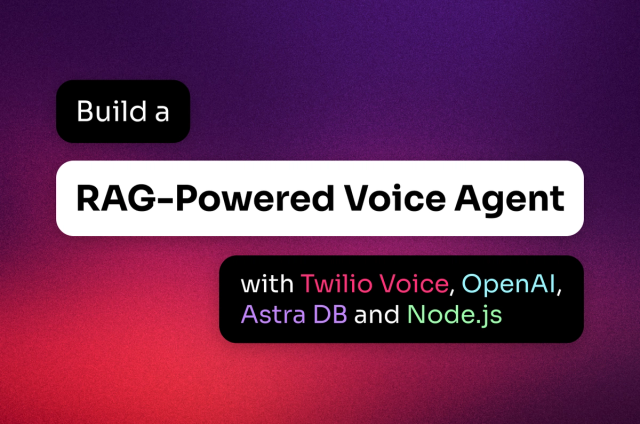5 Ways to Break Down Data Silos

Today’s organizations can unlock the true value of all of their data, which enables them to make better decisions, serve up better customer experiences, accelerate innovation, and respond to crises faster—or even prevent them from occurring in the first place.
Many organizations, however, are unable to do this because their systems are too siloed. Getting the most value out of your data starts with shattering data silos, or isolated “islands” of data that the majority of folks in your organization aren’t aware even exist.
Unfortunately, many organizations are plagued with data silos.
Without the ability to access and analyze all of your data in a fluid manner, it becomes very difficult to deliver exemplary customer experiences and uncover what your customers truly want.
But getting rid of data silos isn’t as hard as a lot of organizations think.
Here are the five best ways for companies to break down data silos:
- Make it a top priority
Data silos won’t get rid of themselves.
First things first: If you want to eliminate data silos at your organization, make it a top priority.
Develop a comprehensive plan as to how exactly you’ll get rid of them and make sure all employees are aware of your intentions. If necessary, put together a cross-functional team to oversee the consolidation process to ensure smoother sailing.
- Avoid vendor lock-in
By 2020, 75% of organizations managing their data in a public cloud will be subject to vendor lock-in—making it costly and time-consuming to migrate data from one platform to another.
Break down data silos—or avoid them in the first place—by using platforms and databases that give you data autonomy, or the ability to take your data wherever you want.
- Encourage communication and collaboration
Many data silos are created due to a lack of communication between teams in different departments.
A marketing team, for example, might maintain a repository of content in a random Google Drive folder while sales might have a ton of assets stashed on Dropbox. Both groups might be unaware of where the other is storing their files.
Get rid of data silos by encouraging your employees to communicate with one another regularly.
While you’re at it, embrace a culture that celebrates collaboration. You’ll get better results, and the increased chatter will reduce the chances data silos go unnoticed.
- Simplify and consolidate tech infrastructure
The number of technologies requires by modern organizations to capture revenue these days is staggering. Many major organizations use more than five databases at once, with countless applications spread across them, forming an endless tangle of data silos.
There’s an easy fix: Simplify and consolidate your tech infrastructure as much as you can. For example, DataStax Enterprise, a multi-model NoSQL database designed for the hybrid cloud, enables you to store data in the most appropriate format (e.g., graphs, documents, key-value and JSON).
As a result, you don’t have to rely on several different databases to store, process and analyze all of your data—helping you avoid data silos.
- Develop new processes and procedures for storing data
If your employees aren’t sure where to store data or what systems to use, can you really blame them for storing files in various locations and inadvertently creating data silos?
Make sure your employees understand, very explicitly, how they are supposed to handle data and which platforms are approved. That way, you’ll reduce the chances data silos are created—while reducing or eliminating shadow IT.
Data silos are common in businesses across all industries. The good news is that if your organization has data silos, all hope is not lost.
By developing a plan on how to store data, encouraging employees to communicate with each other frequently and using the right tools, you can avoid data silos—making it that much easier to tap into the full power of your data.











